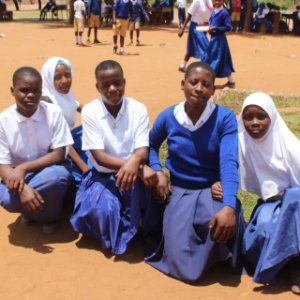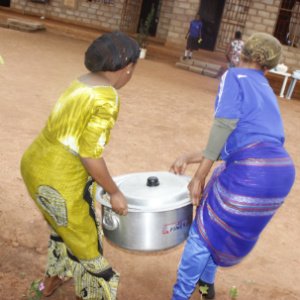A closer look at AKOS.
Unlike other regions of Tanzania, Shinyanga region has stood out, for long, as an area with the highest number of child marriages/early pregnancy cases. This has been mainly contributed by the influence of culture, legal framework, and other socio-economic factors. Culturally, Sukuma communities have been marrying off their daughters too young, mainly aged between 10 and 18. Sukuma communities perceive girls as source of income whereby exchange happens for cattle and other wealthy assets. Another reason for families to prefer child marriage is not to bring disgrace to the family by conceiving while at home. Conceiving at home is being regarded as a cause of reduction of bride wealth and the best option for the families is to push for child marriages.
According to UNICEF’s Press Release of October 11, 2012 (UNICEF, 2012) Shinyanga was mentioned as a region with the highest prevalence of child marriage with 59%, followed by Tabora region 58%, Mara region 55%, Dodoma 51% and Lindi 48%. This problem has been caused by several factors: poverty at household level, poor positive parenting skills among parents or caregivers and practices of harmful local believes and norms that fuels child marriages and early pregnancies. Also, inadequate access of proper information on Sexual Reproductive Health and Rights (SRHR) among adolescent girls, poor coordination, and referral mechanisms in reporting of child abuse cases as well as weak legal and policy frameworks.
























